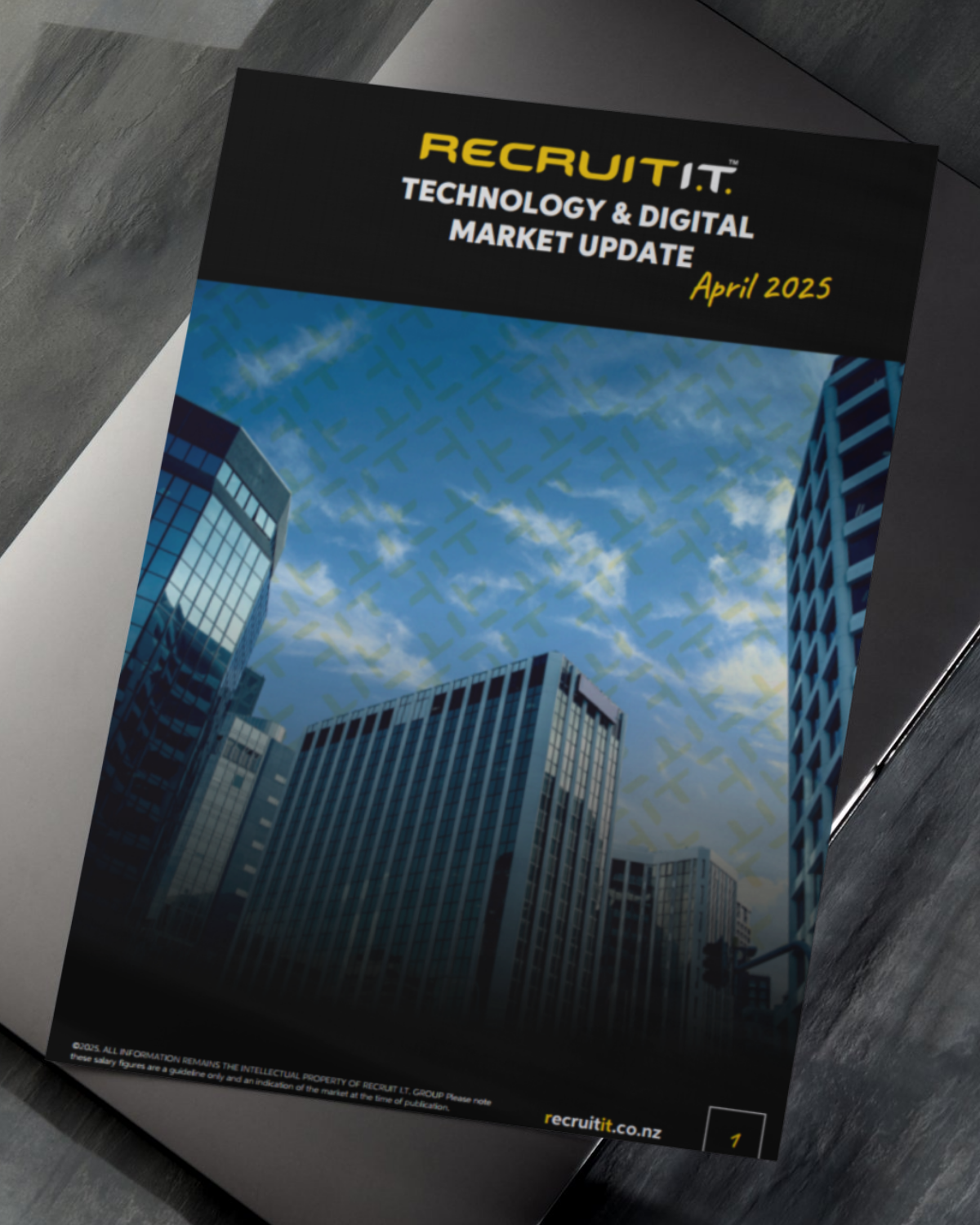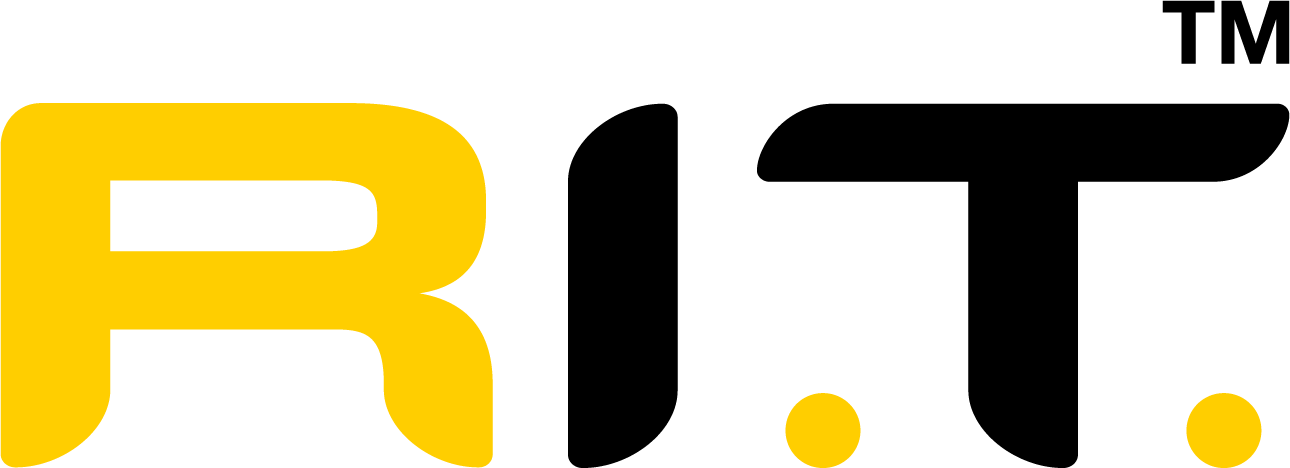Recruiter-approved CV writing tips for IT jobseekers + FREE CV template
A CV is a valuable tool in the job market. It's not just about getting a job; it's about being remembered for your skills and experience when you apply for jobs. A good resume can make all the difference.
The problem with creating a CV is it can be hard work, especially if it’s your first time creating one, or you haven’t updated yours for a while.
There are many things that you need to consider when writing one and, in this blog, we’ll cover the dos and don’ts when creating your CV, what you can do to make it stand out, plus a FREE CV template!
6 CV Mistakes to Avoid
Recruiters can just scan your CV and decide whether to invite you for an interview or not, and it only takes a poorly written CV to miss the chance of being chosen.
So, to grab the attention of your recruiter and stand out among the pool of applicants, here are six (6) CV mistakes you should avoid at all costs and what you can do instead:
1. Listing all your roles on your CV
Don’t include irrelevant experience or credentials. Review the job description and decide which of your credentials fit.
If you’re applying as a Web Developer and they need someone with experience on JAVA, Node.js, or general programming tools, you need to cut out your previous role as a coffee shop barista or a service crew assistant.
Instead, highlight your IT-related experiences i.e., Technical Support, Mobile Application Developer, etc.
2. Having a poorly structured and ambiguous CV
Ambiguity in your credentials, accomplishments, and work experience will lessen your chances of being chosen for the role.
Avoid using graphs and percentages to indicate your proficiency in each skill. Instead, specify your accomplishments by being more specific and results based.
Sell yourself without being wordy and structure your CV in sections so it’s easier to scan.
Create sections for your skills, previous work experience, accomplishments, and personal information. Under these sections, you can add bullet points to specify your accomplishments.
Avoid wordy and complicated sentences – keep it short, concise, and specific.
Don’t:
Key Accomplishments
- When I was in my first year as a web developer, I was fortunate enough to create a website for a very well-known brand and helped increase traffic and revenue for the business during its first three months.
Do:
Key Accomplishments
- Developed a website for (specify the brand) garnering 30% more site traffic three months after its launch.
Pro tip: Include numbers and highlight results when working on this section of your CV. You must also be mindful of your spelling and grammar, and AVOID using tables at all costs!
3. Using a generic CV for all roles
Crafting the perfect CV is like making cover letters—it must be specifically curated to address the question “Why should we hire you?”
In a competitive market where there are tons of professionals vying for the same position, it is vital to stand out and be unique, and you can do this by creating a goal-specific CV that highlights your key accomplishments and qualifications, that are relevant to the role you are applying for.
Pro-tip: Tweak your accomplishments, focus on the job description, and curate your CV accordingly. Keep your CV honest, but add keywords that align to the role you’re applying for.
4. Putting references you had a bad history with
Be mindful of who you include in your character and professional references.
Carefully select the names of your colleagues or seniors from roles you excelled at, and you’ve been commended for.
If, for example, you got removed from your role because of absenteeism or inferior performance, it’s best to not include it on your resume as it will only taint your records.
Only include managers, supervisors, or colleagues you had good relationships with who can provide a positive reference and help you land the role.
What to include in a CV
To make your application stand out and increase your chances of landing an interview, a professional-looking and well written CV is a must! Your CV should include the following:
- Personal details: Name, address, contact details (mobile number) and e-mail address.
- Education: include details of your degree, relevant training, and accreditations.
- Relevant work experience covering each stage of your career up until now with references that can back up what you say about each role and employer (if applicable). If there are gaps in your work history or if there are any gaps between jobs, then be prepared to explain these during the interview process with the recruitment agency or hiring company, where they may ask for further information about the gap, or add the date of break (i.e., June 2012-Feb 2013 – Parental Leave)
- Quantify your key accomplishments under each role and focus more on the results.
- Provide professional references.
How to structure a CV
- One to three pages is the ideal length of a CV.
- Your CV should be formatted in a consistent way that is easy to read and scan.
- Use standard margins and font sizes for each section of your document – contact details at the top, education details below that, and personal information towards the bottom.
- Ensure that all sections are clearly labelled on their own lines by using different fonts from one another (for example: bolding an email address). This makes it easier for recruiters and managers who need substantial amounts of information about you within seconds!
How to craft the perfect IT contractor CV
If you’re currently looking for opportunities in the tech industry, you need a competitive CV that stands out in a pool of applicants.
Here are the steps to crafting the perfect IT contractor CV that can land you your dream job:
1. Draw attention to your IT skills and experiences
These are the most important parts of your CV, as they define if you are fit for the role or not.
Here are sample IT-specific skills that recruiters and hiring managers usually look for when hiring contractors:
- Experience with working on server infrastructure or virtual machines (VMs) using Linux distributions such as Red Hat Enterprise Linux (RHEL), CentOS, Oracle Linux [or] CentOS; Maintaining servers through updates; Troubleshooting network problems by using scripts or tools like Ansible or Chef; Configuring firewalls for security purposes
- Expertise in programming languages such as Python, Ruby, or Java; Knowledge about data structures like linked lists, graphs, etc.; Marketable experience developing applications with command line interfaces
2. Highlight previous relevant industry, project, or contractor experience (if applicable)
If you have any experience, it’s important to make sure that this is clear on your CV.
Often, hiring managers will look at your specific relevant project or industry experience, so it’s not just generic ‘contractor’ experience that matters.
Ensuring that you outline or mention specific projects or sector experience (i.e., banking/FSI, cloud immigration, BS11, etc.) will set you up for success!
3. Don't forget soft skills!
Soft skills are the skills that aren’t directly related to your job but are still important for getting the role. They include communication skills, interpersonal skills, problem solving, and leadership abilities.
4. Keep it short and concise
You should have a clear idea of what you want to say in your CV.
You can use the outline below as a starting point for your own, but don't be afraid to add or remove sections if they don't apply to you.
- Introduction: A short paragraph that introduces yourself, including any relevant experience and achievements.
- Skills section: In bullet format, summarise all your skills (include soft skills!) and achievements. This includes any specialisations that might help employers understand what sets you apart from other candidates (e.g., if you have worked as an engineer before).
List all key technical/professional skills including languages spoken fluently; programming languages used most frequently; operating systems used frequently; web development frameworks such as Ruby on Rails or NodeJS etc.
5. Tailor cover letters to each new client/contractor role if possible
Lastly, if you’re applying for a role that requires a cover letter, it’s important to tailor your CV and cover letter to this specific position. This way, you can demonstrate exactly how you would be able to help the company in the future.
For example:
- Include specific examples of how you can help the company with their needs (and include links if possible)
- Include links to any relevant documents or materials that have been used in previous roles (e.g., presentations)
- Write a personal statement about why this job is something special for you
Tips for overseas applicants who want to land a tech job in NZ.
Looking for a job in itself is a handful but doing so from another country is a different story.
For overseas applicants seeking opportunities in NZ, your first step to success is to curate a good cover letter and CV.
Here are a couple of tips on how to increase your chances of getting chosen for an NZ-based job:
- Make it extremely clear in your cover letter or introduction of your CV what your current situation is regarding your work rights for NZ, or the lack thereof.
- State how quickly you’ll be able to be in NZ and start working once an offer is made (also note if you are Visa-ready).
- The more information you provide, the better. Don’t sell yourself short. Include breakdowns of technology and tools you are familiar with, the responsibilities you have individually held in your roles, and the details of the types of projects or support work you have been undertaking.
- If you are reading a job ad and you think you match the description, double-check your CV before applying to ensure you have included all relevant experience in your CV.
FREE CV Template
Feel free to download our FREE CV template to help you curate the perfect resume!
Follow us on
LinkedIn and
Facebook for more tips like this and be on the lookout for our upcoming blogs.
If you are looking for temp or perm roles, check out the Jobs section on our website and message one of our Candidate Consultants if you think you are a good fit!
Connect with us!




